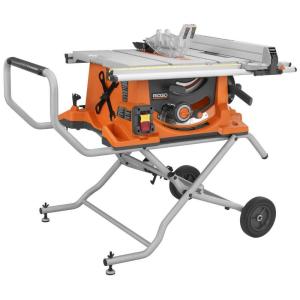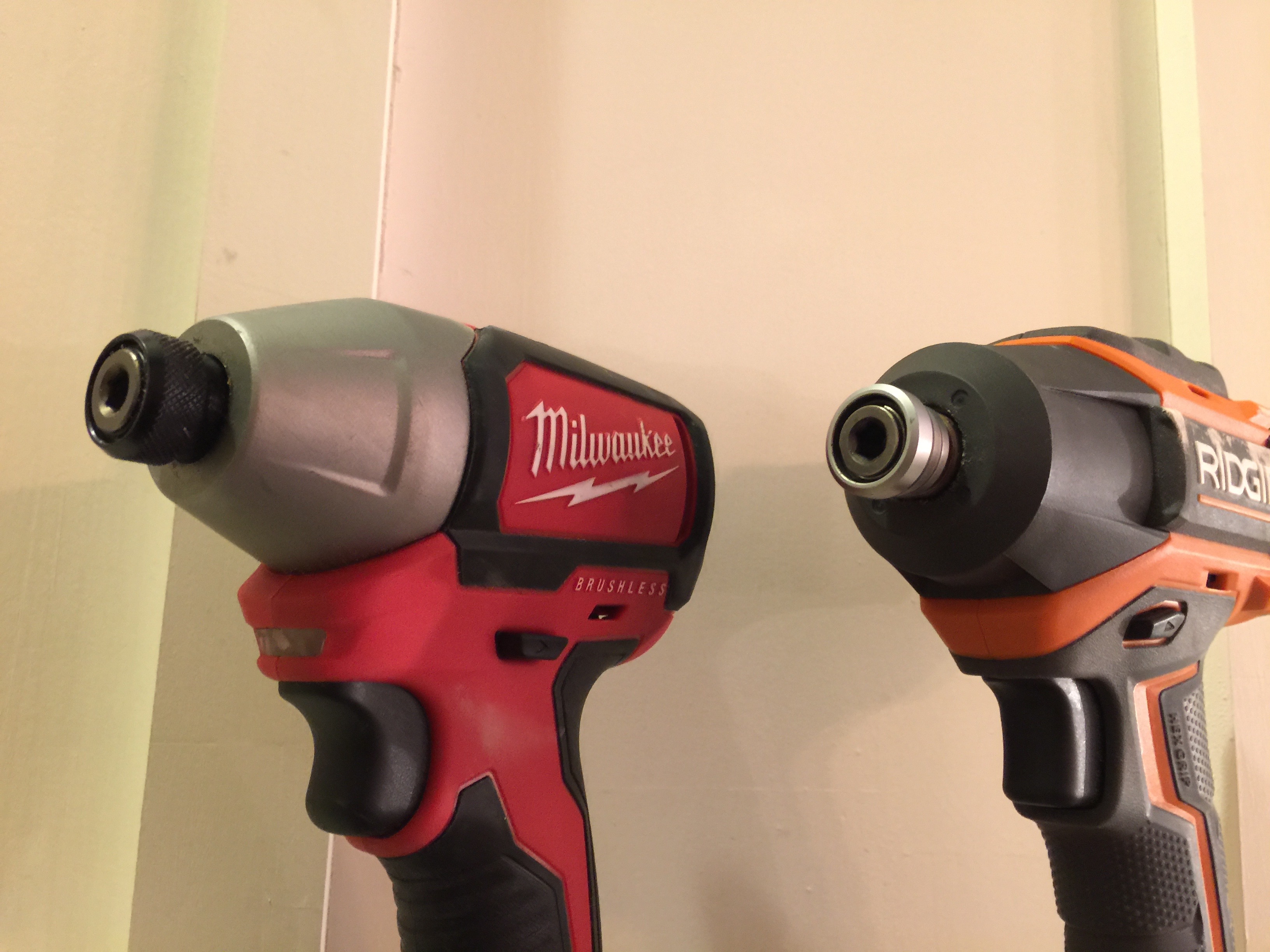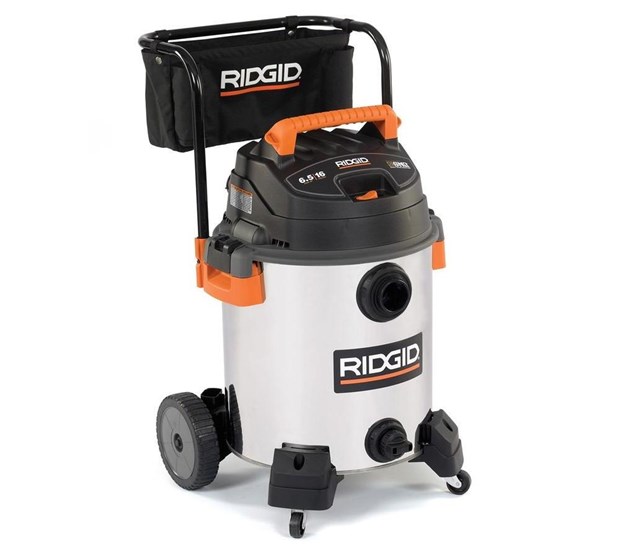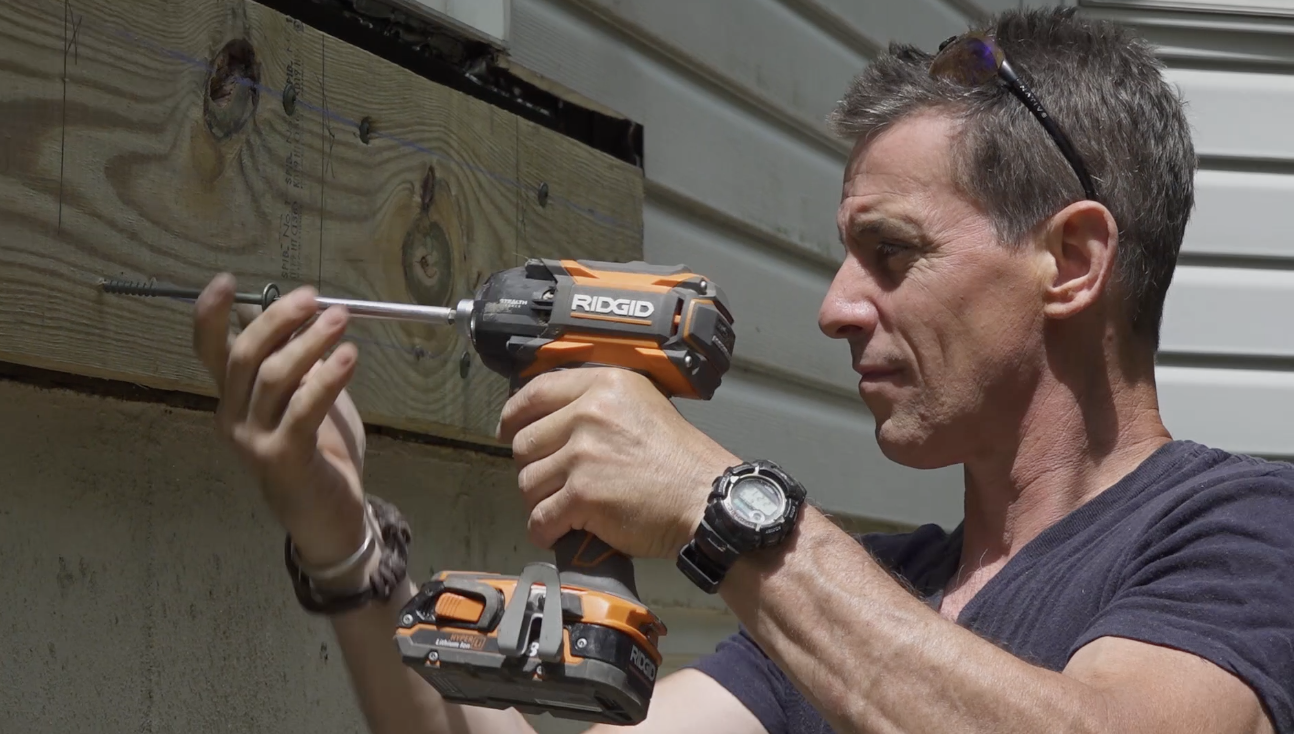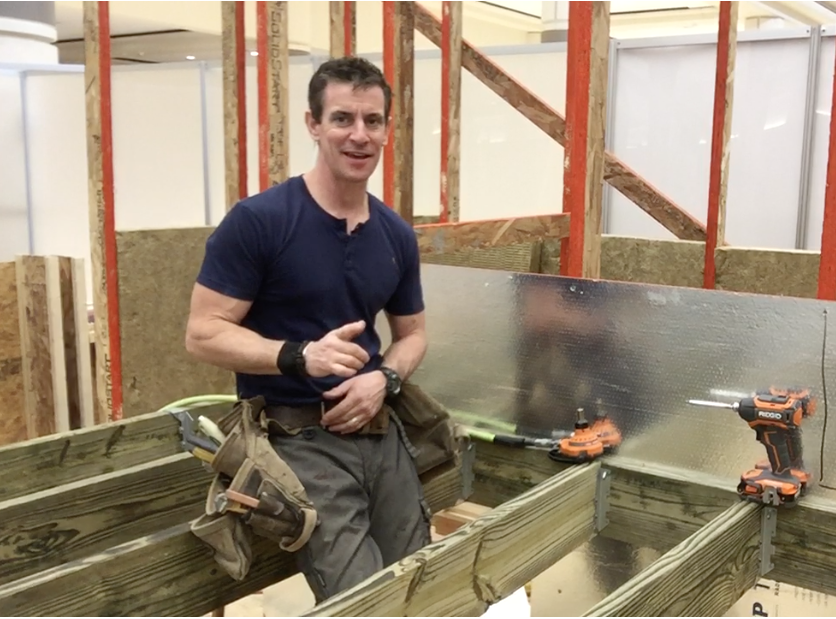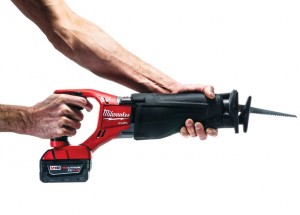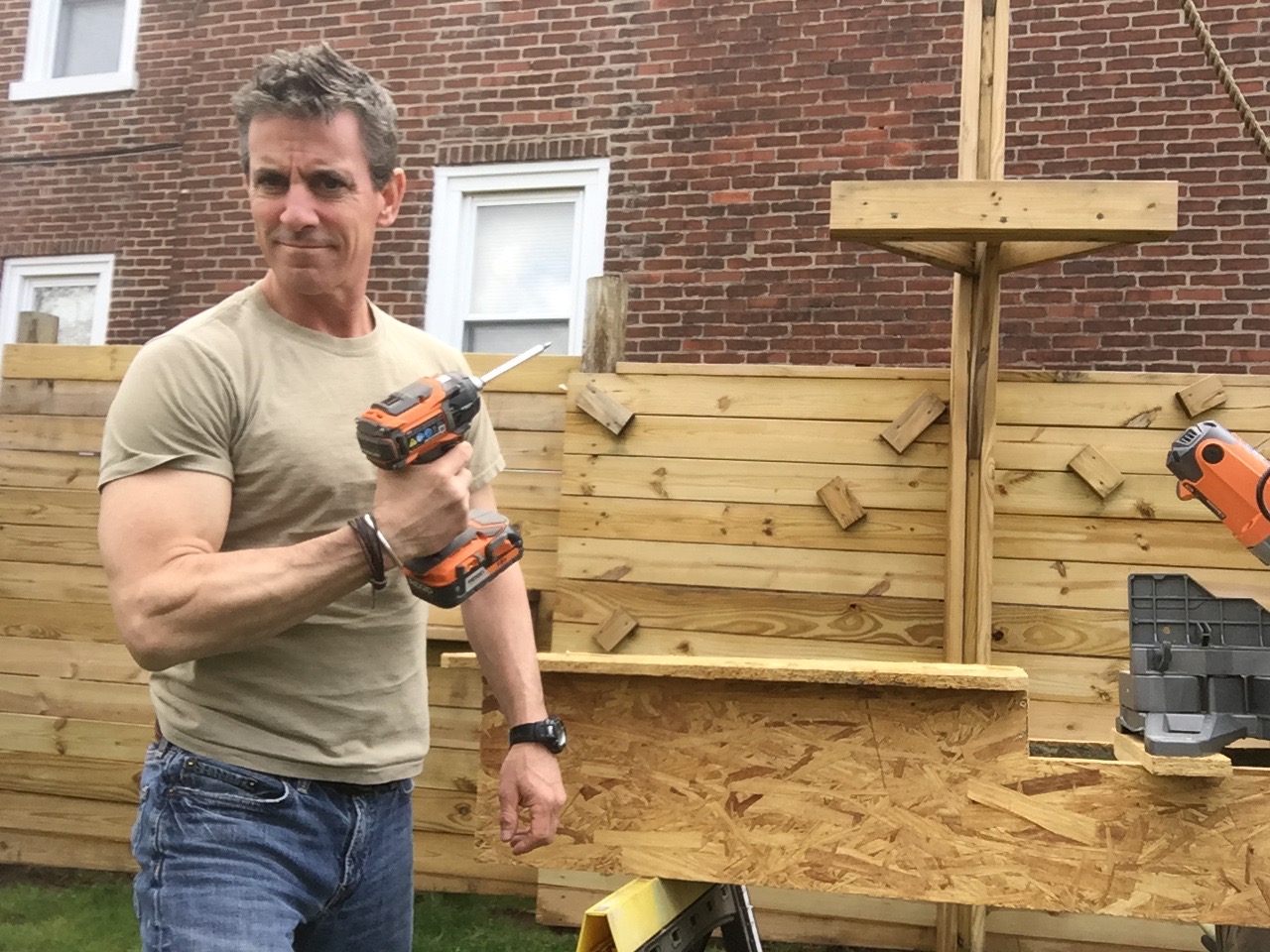The more I use the Ridgid R3030 one-handed reciprocating (recip) saw, the more I like it—and the more this little fireball is becoming my go-to recip saw for demo work.
I’ve used the R3030 cutting everything from drywall to door jambs to plaster, framing, nail-embedded wood (including rock-hard, bone-dry century-old Douglas Fir) and just about everything else required to dismantle house parts prior to remodeling.
Power. Got it. Piles of it. I don’t know where they keep it inside this 4-pound, 4-amp tool, but it’s in there.
I blew through everything from nail-embedded wood to plaster to metal corner bead and lath to 5/4 x 10 hundred year old Doug fir baseboards. I cut nails. I cut 2-by. I cut 1-by. If the motor slowed down, or the ½ inch blade-stroke stuttered I didn’t feel it. In fact, it out-performed a full-size saw I own.
Feel and Balance. This saw literally fits in the palm of your meaty, demolition-minded fist. Designed for one-handed operation this is the best thing since sliced bread for cutting conduit, PVC pipe and even doing some drywall work (though I generally found it too powerful for wallboard). Indeed, my electrician who cuts these items all the time has all but stolen the tool from me.
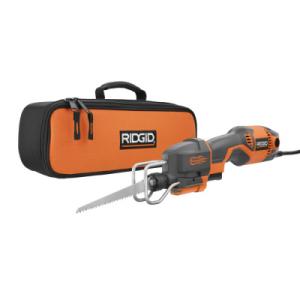
However, I almost always find myself using two hands to muscle the tool through heavy-duty work. And that’s fine.
Using a long Milwaukee Axe demolition blade I just naturally position the tool on the work with two hands so I can get the blade started right on the cut line or wherever it needs to go. And because the tool needs to be moved through the work (just like a full-sized saw) I keep two hands on it most of the time. Because of this I wish there was a better solution for two-handed operation. No demerits, though—it’s not what the tool was designed for—but it is how I use it.
Finesse. Recip saws aren’t finesse tools and, again, no demerits to the firy Fuego for ripping and running. But if you look at this tool and see a primo new way to speed up drywall work you’d be about half right, at least by my way of thinking.
You can cut boxes, small notches and large notches (like fitting a sheet around a door/window opening) and do old work in plaster but it is pretty hard to feather the otherwise nice and easy to use variable speed trigger—and hold the tool where you want it. The R3030 is faster than a utility knife (and with practice I got pretty good) but it’s not the tool’s hero function.
Pieces and Parts
¬The cord is long; that’s good.
¬The wire frame around the blade and blade holder protects your hand from getting in there, but I still feel really close to the blade. That said, the wire frame also delivers excellent site lines to the work.
¬Blade change is a twist-and-release deal and it works well. Not great but no complaints either.
¬The plug is lighted so you can find it, ostensibly, in a tangle of cords but I don’t really need the feature.
Final Cut
I am uber impressed with this tool. It’s tough to beat. And a hundred bucks, the price is tough to beat too. If you’re doing DIY projects and only need an occasional recip saw—from cutting branches to working 2-by –this saw has a lot to offer.
If you’re a pro, you’ll love the tool’s 4-amps, 4-pounds, and big time operation on your jobsites—and it compliments your mainframe recip saws (which may spend more time in the box than ever before.)


